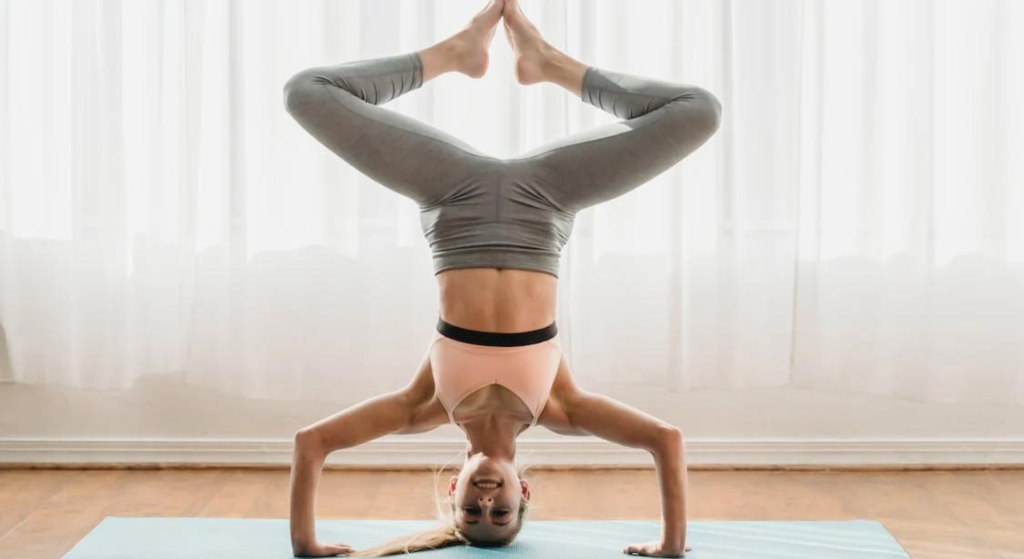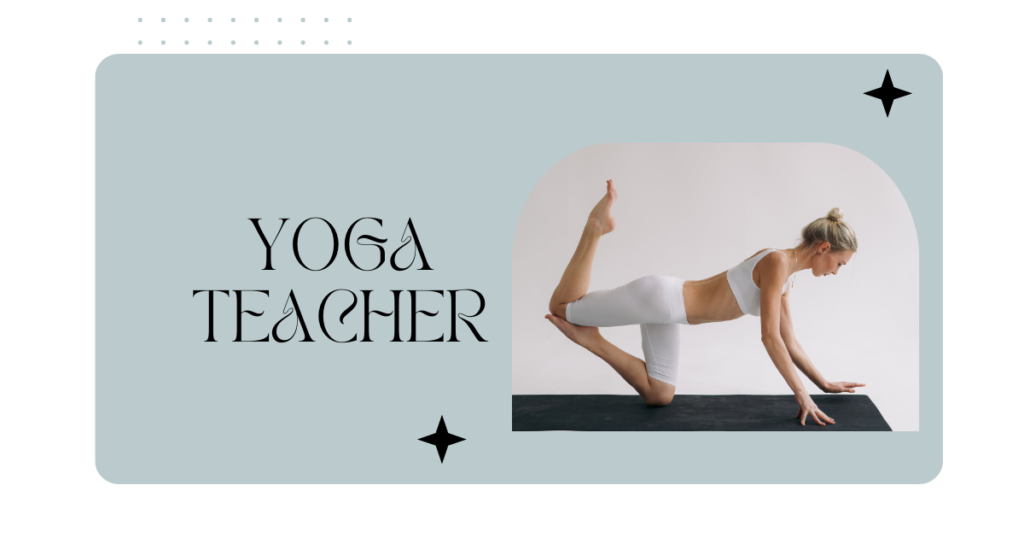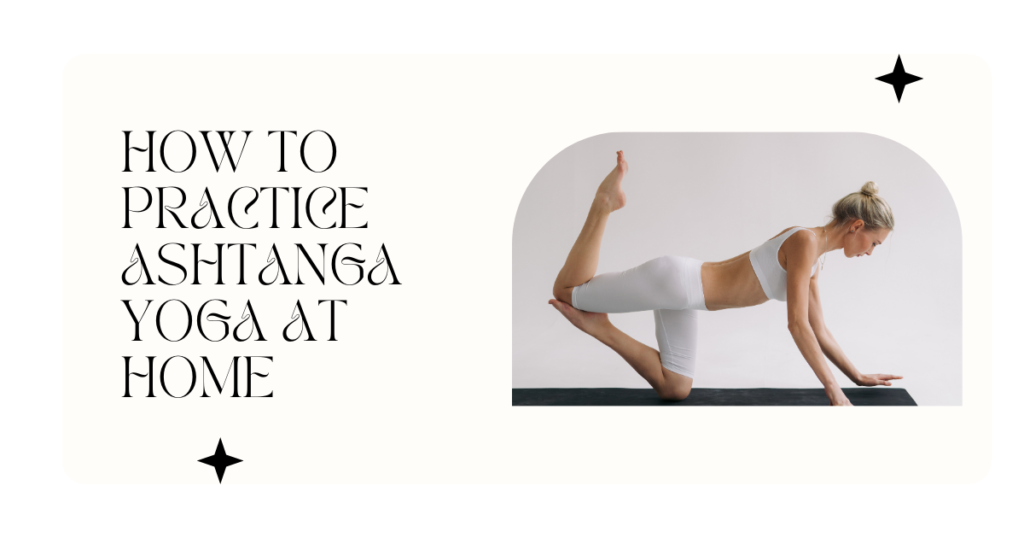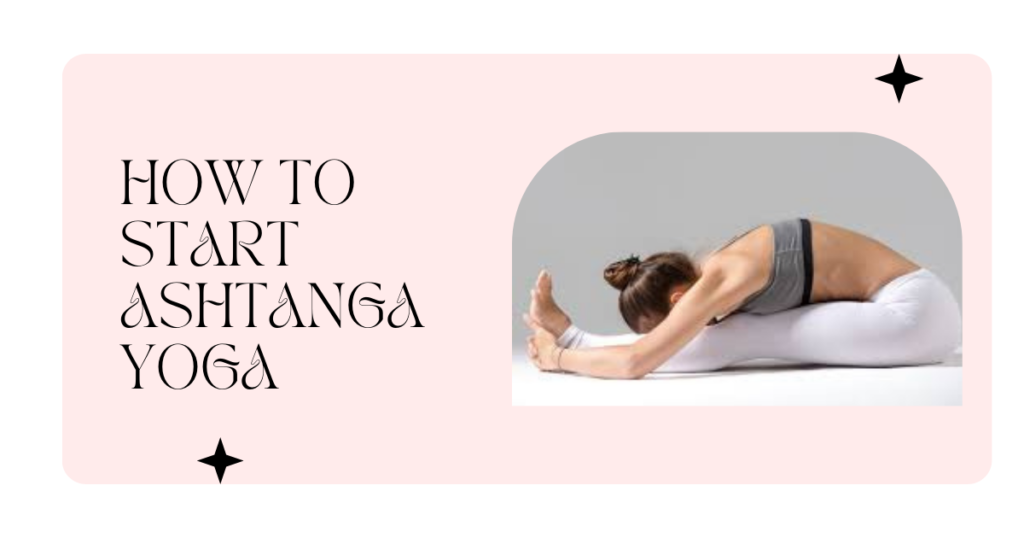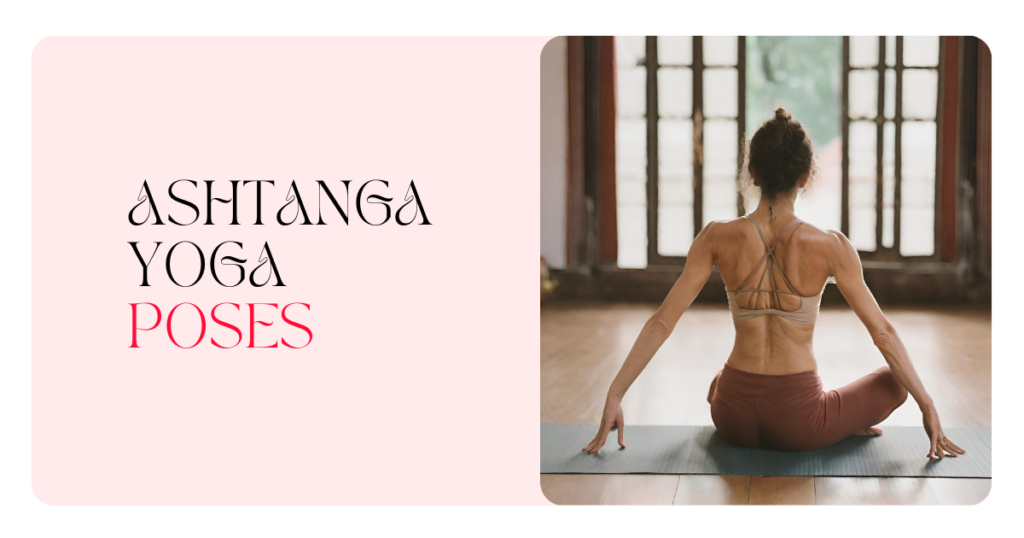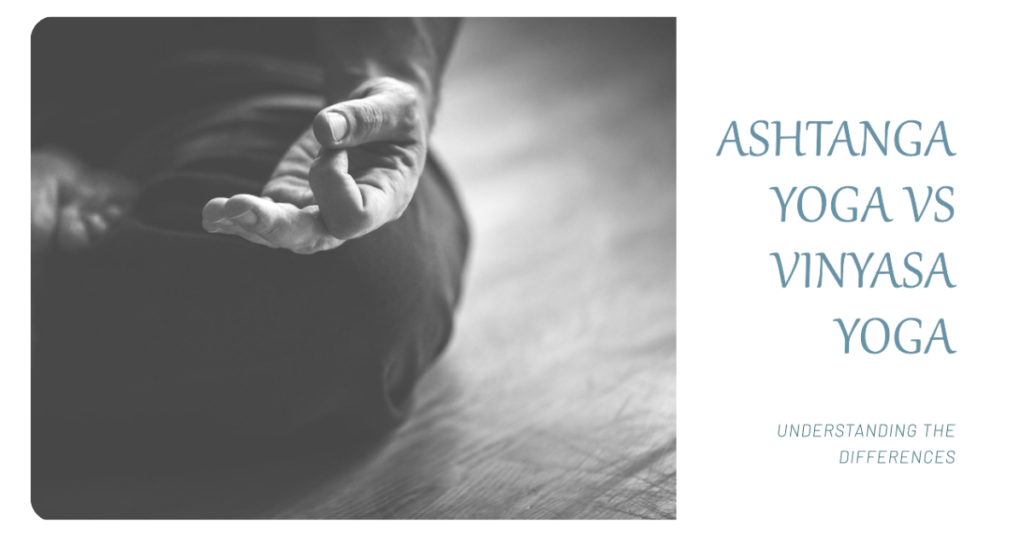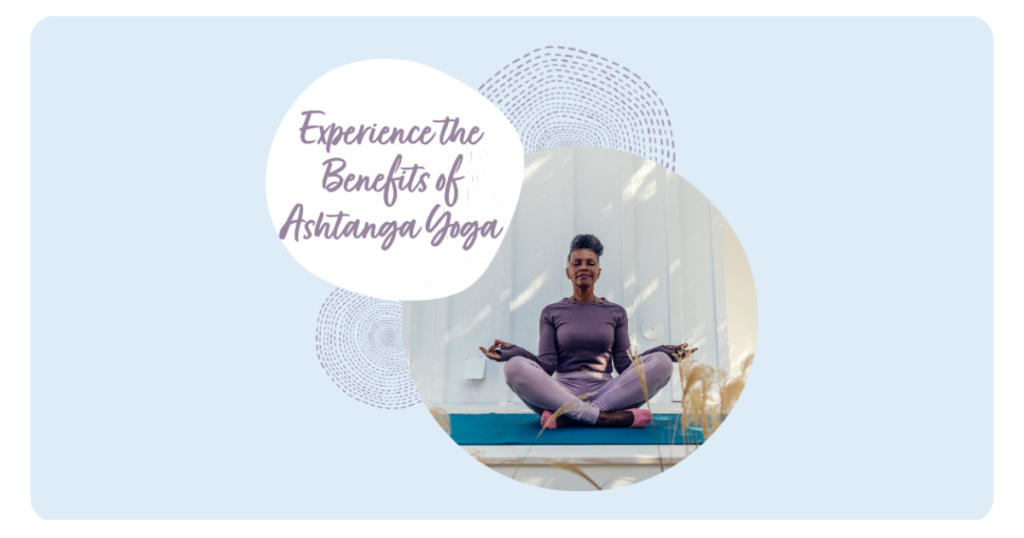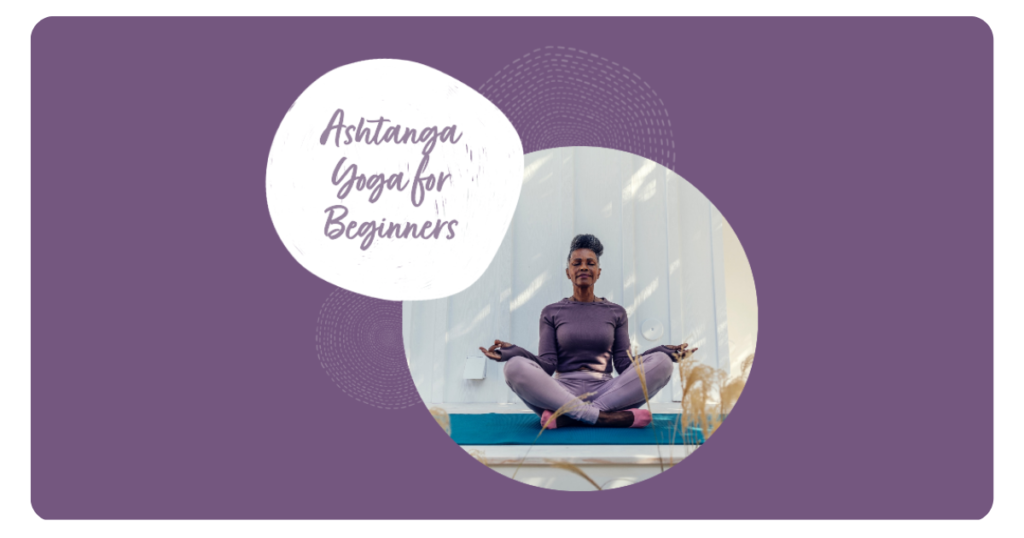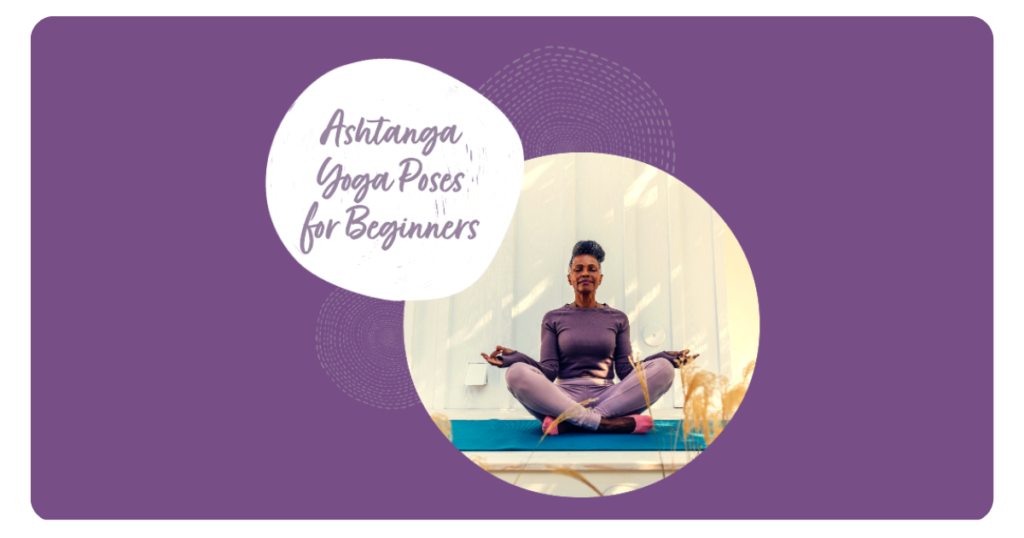
Introduction:
Ashtanga yoga is a powerful and transformative style of yoga that has the ability to change lives. This ancient practice involves a set sequence of postures, synchronized with a specific breathing technique called Ujjayi Pranayama. While the physical benefits of increased strength, flexibility, and stamina are often the initial motivations for starting Ashtanga, the true essence of this practice goes far beyond the physical.” “ashtanga before and after”
Practicing Ashtanga yoga with dedication and consistency can lead to profound shifts in both the body and mind over time. This blog post aims to explore what to expect before and after embarking on the Ashtanga journey, including the potential transformations that can unfold. Whether you’re a curious beginner or a seasoned practitioner, understanding the depth of this practice can help you appreciate the holistic changes it can bring about.
Before Starting Ashtanga yoga
People are drawn to Ashtanga yoga for various reasons, such as improving flexibility, building strength, losing weight, or finding a deeper sense of spirituality. Regardless of the initial motivation, it’s important to approach your first Ashtanga class with an open mind and a willingness to embrace the challenge.
When you first step onto the mat, you may feel intimidated by the seemingly complex sequence of postures. However, it’s crucial to remember that Ashtanga is a journey, and everyone starts from the beginning. Experienced teachers will guide you through the Primary Series, offering modifications and the use of props (such as blocks, straps, and blankets) to make the practice accessible.
Before immersing yourself in Ashtanga, cultivate a beginner’s mindset. Let go of any preconceived notions or expectations, and allow yourself to be a student, ready to learn and grow. Trust in the process and be patient with yourself, as the true benefits of Ashtanga unfold gradually over time.
Table of Contents
The Ashtanga yoga Journey
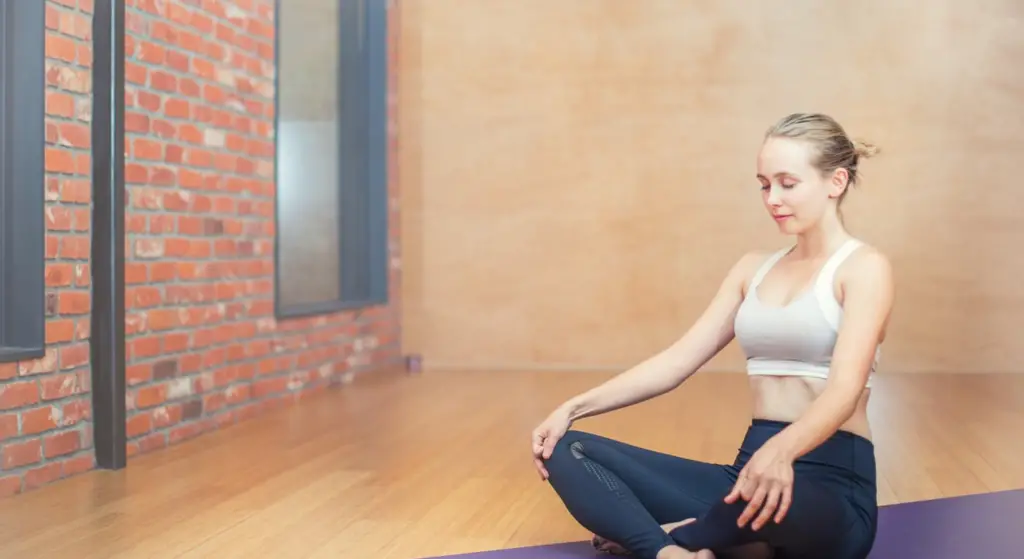
To experience the full transformative power of Ashtanga, consistency is key. Ideally, you should aim to practice five to six times per week, as the cumulative effect of regular practice is what leads to lasting changes. The Primary Series, also known as Yoga Chikitsa, is the foundational sequence that serves as the backbone of Ashtanga yoga.
This series of postures is designed to work on every part of the body, promoting strength, flexibility, and detoxification. Each pose builds upon the previous one, creating a harmonious flow that simultaneously challenges and rejuvenates the practitioner.
One of the unique aspects of Ashtanga is the role of the teacher. Unlike in many other yoga styles, Ashtanga teachers do not provide verbal cues during the practice. Instead, they offer hands-on adjustments and cultivate a connection with each student, guiding them on their individual journey.
Breathwork, or Ujjayi Pranayama, is an integral part of Ashtanga. This specific breathing technique involves constricting the throat slightly to create an audible ocean-like sound. By synchronizing the breath with the movements, practitioners develop focus, concentration, and a heightened mind-body connection.
As you progress on the Ashtanga path, you will undoubtedly face challenges. The practice can be physically and mentally demanding, testing your endurance, commitment, and willpower. However, it is through these challenges that growth occurs. Embrace them as opportunities to cultivate resilience, discipline, and a deeper understanding of yourself. “The Complete Guide to Ashtanga Vinyasa Yoga Sequences“
Physical Changes From Ashtanga Yoga
One of the most visible transformations that Ashtanga practitioners experience is in their physical body. As you consistently show up on the mat, you’ll notice gradual yet profound changes unfolding:
🔹 Increased Flexibility: The Ashtanga sequence incorporates a wide range of forward bends, backbends, twists, and inversions, systematically stretching and lengthening every muscle and joint. Over time, your body will become more pliable, and seemingly impossible postures will become attainable.
🔹 Enhanced Strength and Stamina: Ashtanga is often referred to as a moving meditation, as it requires both physical strength and mental fortitude. The constant engagement of your core, coupled with the fluid transitions between poses, builds tremendous full-body strength and cardiovascular endurance.
🔹 Improved Circulation and Lower Blood Pressure: The rhythmic movements and deep breathing in Ashtanga promote better circulation, oxygenating the body’s cells and lowering blood pressure levels.
🔹 Weight Loss and Muscle Tone: The vigorous nature of Ashtanga, combined with its detoxifying effects, can lead to sustainable weight loss and the development of lean, toned muscles.
🔹 Radiant Appearance and Better Posture: As your practice deepens, you’ll likely notice a healthy glow on your skin, a result of improved circulation and detoxification. Additionally, the emphasis on alignment and core engagement in Ashtanga naturally improves your posture.
These physical changes are not just superficial; they reflect the holistic transformation happening within. Anecdotal evidence and scientific studies alike have documented the profound impact of Ashtanga on the body, illustrating its ability to rejuvenate and uplift practitioners from the inside out.
Mental & Spiritual Shifts Ashtanga Yoga
While the physical benefits of Ashtanga are evident, the true depth of this practice lies in its ability to transform the mind and spirit. As you progress on the Ashtanga path, you may experience the following mental and spiritual shifts:
🌺 Boosted Willpower and Discipline: The consistency and dedication required in Ashtanga cultivate immense willpower and self-discipline. As you push through challenges and stay committed to your practice, you develop a resilient mindset that translates into other areas of your life.
🌺 Reduced Stress, Anxiety, and Depression: The combination of physical exertion, breathwork, and the present-moment awareness fostered in Ashtanga can significantly alleviate stress, anxiety, and symptoms of depression.
🌺 Enhanced Focus and Concentration: The practice of Ujjayi Pranayama and the synchronization of breath and movement demand a high level of focus and concentration, training your mind to remain steady and present.
🌺 Deeper Self-Awareness and Spiritual Awakening: As you shed layers of physical, mental, and emotional blockages through the practice, you begin to experience a profound sense of self-awareness and a deeper connection to your inner world.
🌺 Inner Peace and Calm: The rhythmic flow of Ashtanga, coupled with the meditative aspect of the practice, can instill a sense of inner peace and calm that permeates your entire being, even amidst life’s challenges.
These mental and spiritual shifts are often unexpected yet profoundly transformative. Practitioners frequently report feeling more grounded, centered, and connected to their true selves, as if layers of conditioning have been peeled away, revealing their authentic nature.
After Practicing Ashtanga yoga for Years

For those who have been dedicated to the Ashtanga practice for an extended period, the transformations can be truly life-altering. Here’s what you can expect after years of consistent Ashtanga:
🔷 Signs of an “Ashtangi”: As you become more immersed in the practice, you’ll start to embody the qualities of an “Ashtangi” – someone who lives and breathes the Ashtanga lifestyle. This may manifest in your physical abilities (such as effortlessly flowing through advanced poses), your disciplined approach to practice, and your overall lifestyle choices.
🔷 Injury Prevention and Longevity: While the repetitive nature of Ashtanga can lead to potential injuries if not practiced correctly, seasoned practitioners develop a deep understanding of their bodies and the necessary modifications to sustain their practice for decades. Proper alignment, listening to your body, and seeking guidance from experienced teachers are crucial for longevity in Ashtanga.
🔷 Exploring Advanced Series: As you gain mastery over the Primary Series, you may feel called to explore the Intermediate and Advanced Series of Ashtanga. These sequences delve deeper into more challenging postures, further testing your physical and mental boundaries while offering continued growth and transformation.
🔷 Ongoing Self-Discovery and Growth: Ashtanga is not just a physical practice; it’s a lifelong journey of self-discovery and growth. As you peel away layers of limitations and conditioning, you’ll continually uncover new depths within yourself, leading to a profound sense of self-awareness and personal evolution.
🔷 Living the Ashtanga Lifestyle: For many dedicated practitioners, Ashtanga becomes more than just a yoga practice; it becomes a way of life. This may involve adopting principles like ahimsa (non-violence), Satya (truthfulness), and aparigraha (non-possessiveness) into your daily existence, creating a harmonious balance between your practice on the mat and your actions off the mat.
As you progress deeper into the Ashtanga journey, the practice becomes a constant companion, guiding you through life’s ebbs and flows, and continuously revealing new layers of transformation.
Is Ashtanga yoga Right For You?
Ashtanga yoga is a powerful and transformative practice, but it’s not necessarily suited for everyone. Here’s a closer look at who may benefit most from this style of yoga:
🧘♀️ Ideal for Those Seeking a Transformative Mind-Body Challenge: If you’re looking for a practice that pushes you to your edge, both physically and mentally, while offering profound personal growth, Ashtanga could be a perfect fit. Its demanding nature requires commitment, discipline, and a willingness to face your limitations.
🧘♂️ May Not Be Suitable for Certain Individuals: While Ashtanga can be modified for different levels, it may not be the best choice for those with certain injuries or conditions that could be exacerbated by the intensity of the practice. Additionally, those seeking a more gentle or restorative style of yoga may find Ashtanga too vigorous.
Ultimately, the decision to embark on the Ashtanga path should be made with careful consideration and guidance from experienced teachers. Start slowly and be patient with yourself, as the practice is a lifelong journey that unfolds gradually.
Finding a qualified, experienced Ashtanga teacher is crucial for your safety and growth. Look for instructors who have received proper certification and have a deep understanding of the practice’s principles and traditions. Trust in their guidance, and be open to their adjustments and modifications as you navigate the transformative power of Ashtanga.
Conclusion
The practice of Ashtanga yoga is a transformative journey that has the potential to reshape your body, mind, and spirit. As you’ve learned, the changes that unfold before and after embarking on this path are profound and far-reaching.
Before starting Ashtanga, you may have had specific goals in mind, such as improving flexibility, building strength, or finding a deeper sense of spirituality. However, as you immerse yourself in the practice, you’ll likely experience a myriad of unexpected transformations that go beyond your initial intentions.
Physically, Ashtanga can increase your flexibility, strength, and stamina, while also promoting better circulation, weight management, and a radiant, healthy appearance. Mentally and spiritually, the practice can cultivate resilience, focus, self-awareness, and a deep sense of inner peace and calm.
For those who have been practicing Ashtanga for years, the journey continues to unfold, offering ongoing self-discovery, growth, and the opportunity to explore advanced levels of the practice. Many dedicated practitioners find that Ashtanga becomes a way of life, influencing their choices and actions both on and off the mat.
While Ashtanga is undoubtedly challenging, it is a rewarding path that can lead to profound personal transformation. However, it’s important to remember that the journey is unique for each individual, and progress unfolds at its own pace. Approach the practice with patience, dedication, and an open heart, and allow the transformative power of Ashtanga to reveal itself to you.
If you feel called to embark on the Ashtanga journey, trust in the process, find a qualified teacher, and be prepared to undergo a profound metamorphosis – one that will reshape your body, mind, and spirit in ways you never imagined possible.
The transformations that await you before and after Ashtanga are truly life-changing. Embrace the challenge, stay committed, and let the practice guide you towards your highest potential. “Ashtanga before and after” END||
Frequently asked question (FAQ)
Does Ashtanga change your body?
Yes, Ashtanga yoga can lead to significant physical changes in the body over time. With consistent practice, you can expect increased flexibility, strength, and stamina. The demanding nature of the Ashtanga sequence, coupled with the emphasis on ujjayi breathing, promotes better circulation, weight management, and the development of lean muscle tone. Many practitioners also report a radiant, glowing appearance and improved posture as a result of the practice.
Can you lose weight with Ashtanga?
Ashtanga yoga can be an effective tool for sustainable weight loss when practiced regularly. The vigorous nature of the practice, along with its detoxifying effects, can help burn calories and promote fat loss. However, it’s important to maintain a balanced diet and lifestyle alongside your Ashtanga practice for optimal weight management results.
What happens if you practice Ashtanga every day?
Practicing Ashtanga yoga every day can be extremely challenging and may lead to burnout or injury if not approached with care. While daily practice is possible for advanced practitioners, it’s generally recommended to practice 5-6 times per week, allowing for rest and recovery days. Consistent daily practice can deepen the physical, mental, and spiritual benefits of Ashtanga, but it’s crucial to listen to your body and modify as needed.
What does Ashtanga do for your body?
Ashtanga yoga has a profound impact on the entire body. It increases flexibility, strength, and stamina while improving circulation, lowering blood pressure, and promoting weight management. The practice also detoxifies the body, enhances posture, and can lead to a radiant, healthy appearance. Additionally, the emphasis on breath work and mind-body connection can have a calming effect on the nervous system.
What are the cons of Ashtanga yoga?
While Ashtanga offers numerous benefits, there are some potential cons to be aware of. The repetitive nature of the practice can lead to injury if not executed with proper alignment and modifications. It’s also a physically and mentally demanding style, which may not be suitable for everyone, especially those with certain injuries or conditions. Additionally, the traditional Ashtanga method can be quite rigid, which may not resonate with those seeking a more flexible approach.
Is Ashtanga the hardest yoga?
Ashtanga yoga is often considered one of the most challenging and demanding styles of yoga. The set sequence of postures, synchronized with ujjayi breathing, requires tremendous physical strength, stamina, and mental focus. The intensity of the practice, along with the emphasis on precision and alignment, can make Ashtanga feel extremely difficult, especially for beginners. However, the level of difficulty can vary depending on individual abilities and experience.
Why is Ashtanga not popular?
Despite its many benefits, Ashtanga yoga is not as widely popular as some other styles of yoga. One reason could be its demanding nature, which may deter some individuals who prefer a more gentle or restorative approach. Additionally, the traditional Ashtanga method follows a set sequence, which can be less appealing to those seeking variety in their practice. The need for consistent, dedicated practice and the emphasis on finding a qualified teacher may also contribute to its relatively niche following.
How many times a week should I do Ashtanga?
For optimal results and to experience the full transformative power of Ashtanga yoga, it’s recommended to practice 5-6 times per week. Consistency is key, as the cumulative effect of regular practice is what leads to lasting changes in the body, mind, and spirit. Practicing less than 4 times a week may not yield the same profound benefits, as Ashtanga is a progressive practice that builds upon itself.
Who should not do Ashtanga yoga?
While Ashtanga yoga can be modified to accommodate various levels, it may not be suitable for everyone. Individuals with certain injuries or conditions that could be exacerbated by the intense nature of the practice should proceed with caution or seek an alternative style. For example, those with severe back, neck, or knee issues may find the demands of Ashtanga too strenuous. Additionally, pregnant women, especially in their later trimesters, may need to modify or avoid certain postures. It’s essential to consult with a qualified Ashtanga teacher and healthcare provider before starting the practice if you have any pre-existing conditions or concerns.
When should you not practice Ashtanga?
There are certain situations when it may be advisable to take a break from your Ashtanga practice:
01|During illness or injury: If you’re feeling unwell or have sustained an injury, it’s best to rest and allow your body to recover before returning to the mat.
02|During menstruation: Some women choose to take a break from the intense practice during their menstrual cycle, while others may opt for a gentler variation.
03|During times of extreme stress or emotional upheaval: Ashtanga can be quite demanding, and if you’re experiencing significant stress or emotional turmoil, it may be better to take a step back and focus on more restorative practices.
The key is to listen to your body and mind and adjust your practice accordingly. Taking breaks when needed can prevent burnout and injury, ensuring a sustainable, long-term commitment to the Ashtanga path.

